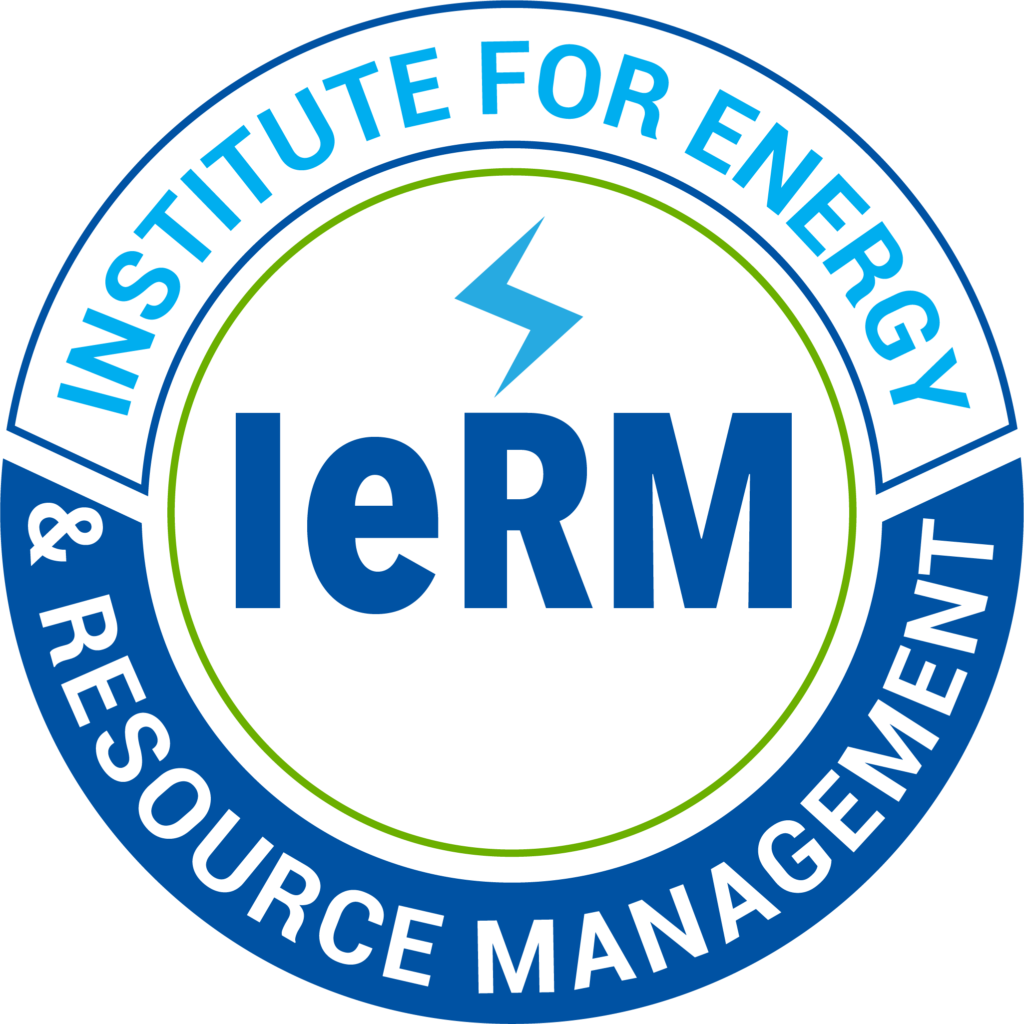In your recently published book, How to Avoid A Climate Disaster, you state that ‘Humans need to stop adding greenhouse gases to the atmosphere.’ While this is more than obvious, we wonder if you feel that the admonition also applies to you. We wonder this because, according to filings with the Securities and Exchange Commission, you are the top investor in Republic Services, a waste collection company and landfill operator; and the Gates Foundation’s second largest holding is $2.12 billion in Waste Management, a waste collection company and landfill operator. We’re seeing a trend here, and it’s not a good one. Landfills are a major source of methane, a greenhouse gas many times more potent than carbon dioxide. According to the USEPA,landfills are the least desirable means of waste disposal because of their methane emissions. Since your Foundation has offices inseveral European cities, we’re sure that you are aware that the European Union has voted to phase out landfilling completely, and infact several countries have already done so, with significant reductions in greenhouse gases as a result. So tell us, please, Mr.Gates. Why ‘invest’ in landfills? Millions of concerned citizens want to know. Sincerely yours, The Institute for Energy and Resource Management Institute of energy management
“Anyone who cares about the environment and their property tax bill should be concerned about this,” said Schmidt-Pathmann. “It is critical that you contact your County Councilmember and let them know you don’t want any more public money sunk into the ‘landfill liability’ including transfer stations. There is a better – and cheaper – solution.”
Understanding waste-to-energy’s financial and environmental impact in King County. By Cameron Sheppard King County officials are proposing and exploring more sustainable alternatives to the massive Cedar Hills Landfill, including the burning of waste through waste-to-energy systems. Questions and concerns have been raised regarding some of the potential externalities WTE could have on the…
The concerns about long-term landfill management expressed by experts across scientific disciplines like Wanless and Sachs are shared by Nick Lapis, the director of advocacy at Californians Against Waste. “The problem with landfills is that they never go away. You have to manage them in perpetuity, and there isn’t a liner or cap that is warrantied to last for that long,” he says. “And they’re not stable. They move and shrink as their contents decay, and the plastic liners will get brittle and crack as the pressures cause them to fold over on themselves. Sooner or later they will fail, as will the clay liners, and the effects of any failure can be absolutely devastating on the environment.” He adds, “From a financial standpoint the original owner, if [the landfills] were privately owned, is often long gone by the time they fail, so taxpayers will be left on the hook.”
There is now so much ocean plastic that it has become a route for invasive species, threatening native animals with extinction Japan’s 2011 tsunami was catastrophic, killing nearly 16,000 people, destroying homes and infrastructure, and sweeping an estimated 5m tons of debris out to sea. That debris did not disappear,…




